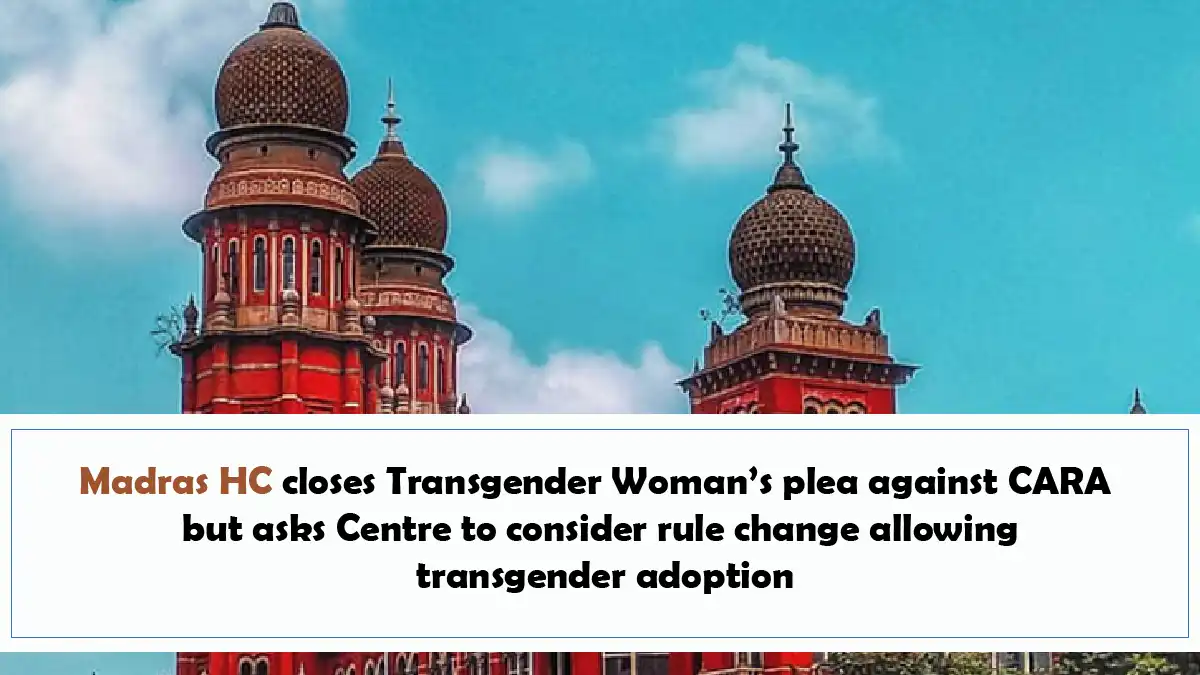

On 9 October 2025, the Karnataka state cabinet approved a Menstrual Leave Policy, 2025, making it the first state in India to formalise a paid menstrual leave scheme for women employees across both government and private sectors. Under the new policy, women employees in Karnataka will be entitled to one paid day of menstrual leave each month (i.e., up to 12 paid days annually) to be utilised flexibly as per their menstrual cycle.
This historic decision marks a significant step in recognizing menstrual health as a legitimate workplace concern, and in promoting gender-sensitive employment policies in India.
Table of Contents
ToggleThe Karnataka cabinet’s approval marks a bold intervention in labour and welfare policy. The scheme applies to women working in government offices, garment units, IT firms, multinational corporations, and other private sector organizations throughout the state.
Labor Minister Santosh Lad described the policy as “progressive,” saying women may either take one day of leave per month or accumulate them for use as needed. The new law aims to foster workplace inclusivity, acknowledge menstrual health concerns, and reduce stigma around menstruation.
The policy was reportedly drafted with reference to a committee recommendation that had initially proposed a six-day leave framework, but the cabinet opted to double it to 12 days in a year.
To publicize this development, Karnataka’s Chief Minister posted on social media:
“Through the Menstrual Leave Policy 2025, women employees across Karnataka will now receive one paid leave day every month – a step towards a more humane, understanding, and inclusive workplace.”
With this move, Karnataka joins global conversations about menstrual equity and rights, and sets a precedent that other states may follow.
Menstruation is a biological reality for a majority of women, and for many, it comes with debilitating pain, cramps, fatigue, nausea, or associated medical conditions (such as endometriosis or severe dysmenorrhea). Despite this, existing labour laws in India do not explicitly address menstrual health, and women often have to use their general sick leave, personal leave, or simply “push through” their symptoms.
A properly designed menstrual leave policy can provide multiple benefits:
However, menstrual leave policies are not without critiques. Some argue that making such leave mandatory may lead employers to discriminate against hiring women or treating leave as a compensable “perk” that gets offset in other benefits.
Thus, balancing equitable support for women with avoiding adverse incentives is a key challenge in designing such policies.
The judiciary in India has so far been cautious about intervening in menstrual leave issues, viewing it predominantly as a policy domain rather than a legal right enforceable by courts.
In July 2024, the Supreme Court refused to issue a direction making menstrual leave mandatory, stating that mandating such a policy might discourage employers from hiring women. Chief Justice D.Y. Chandrachud warned that “what we try to do to protect women could act to their disadvantage” if not calibrated properly.
However, the Court did direct the Central government to consider framing a model policy on menstrual leave after stakeholder consultation. The bench clarified that its decision would not hinder states from independently framing and implementing such policies.
Similar views were echoed when the Court declined in earlier years to entertain petitions seeking menstrual leave for female students or women in employment, reinforcing that the matter squarely resides in the legislative and executive domain.
Thus, the jurisprudence remains largely permissive (allowing but not mandating), giving policy space to the states and the Centre.
Karnataka’s policy is pathbreaking in elevating menstrual health to a statutory workplace concern. But implementation will determine its success. Some important considerations include:
Written by Adv. Deeksha Rai
IAW resources
Browse our help directory